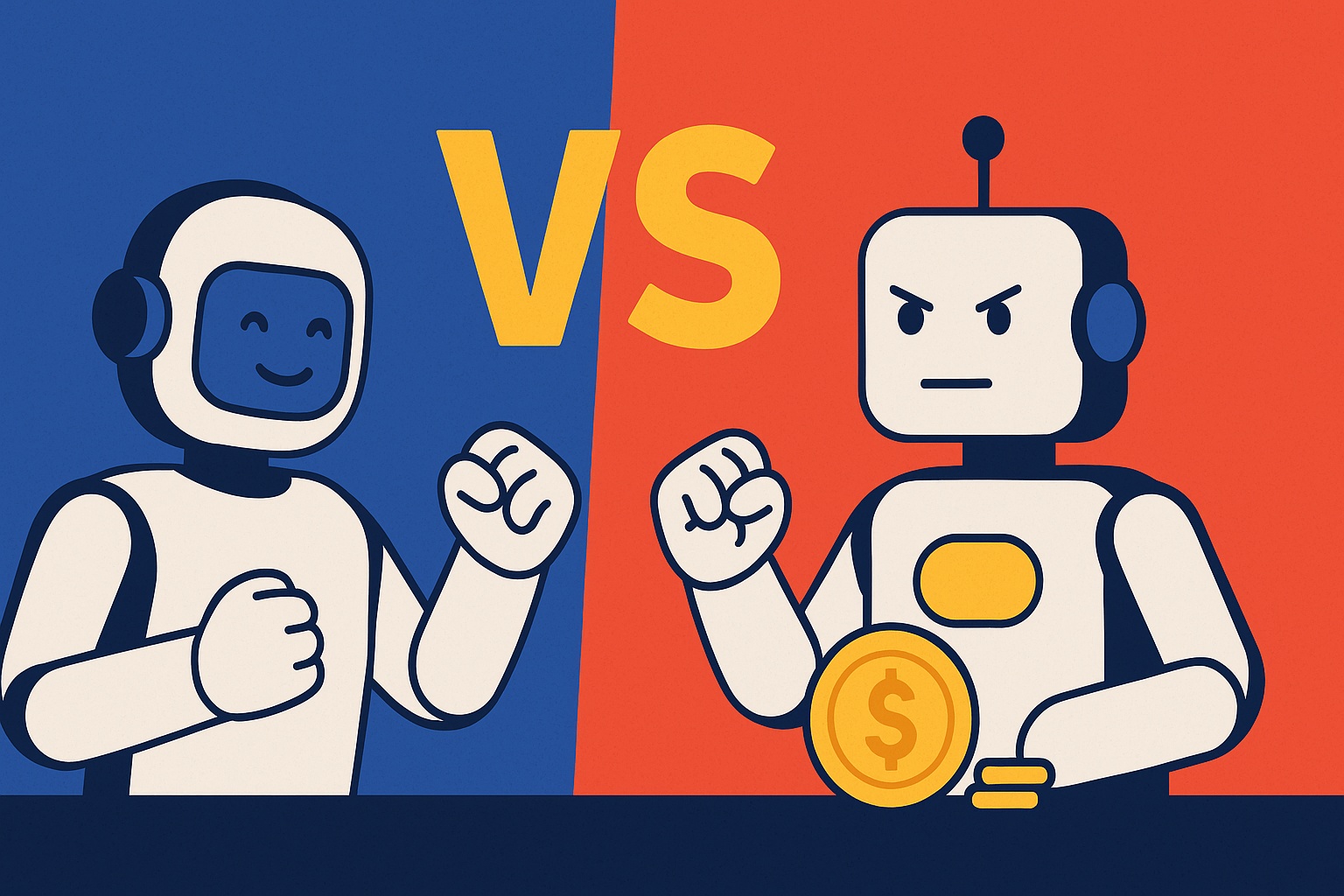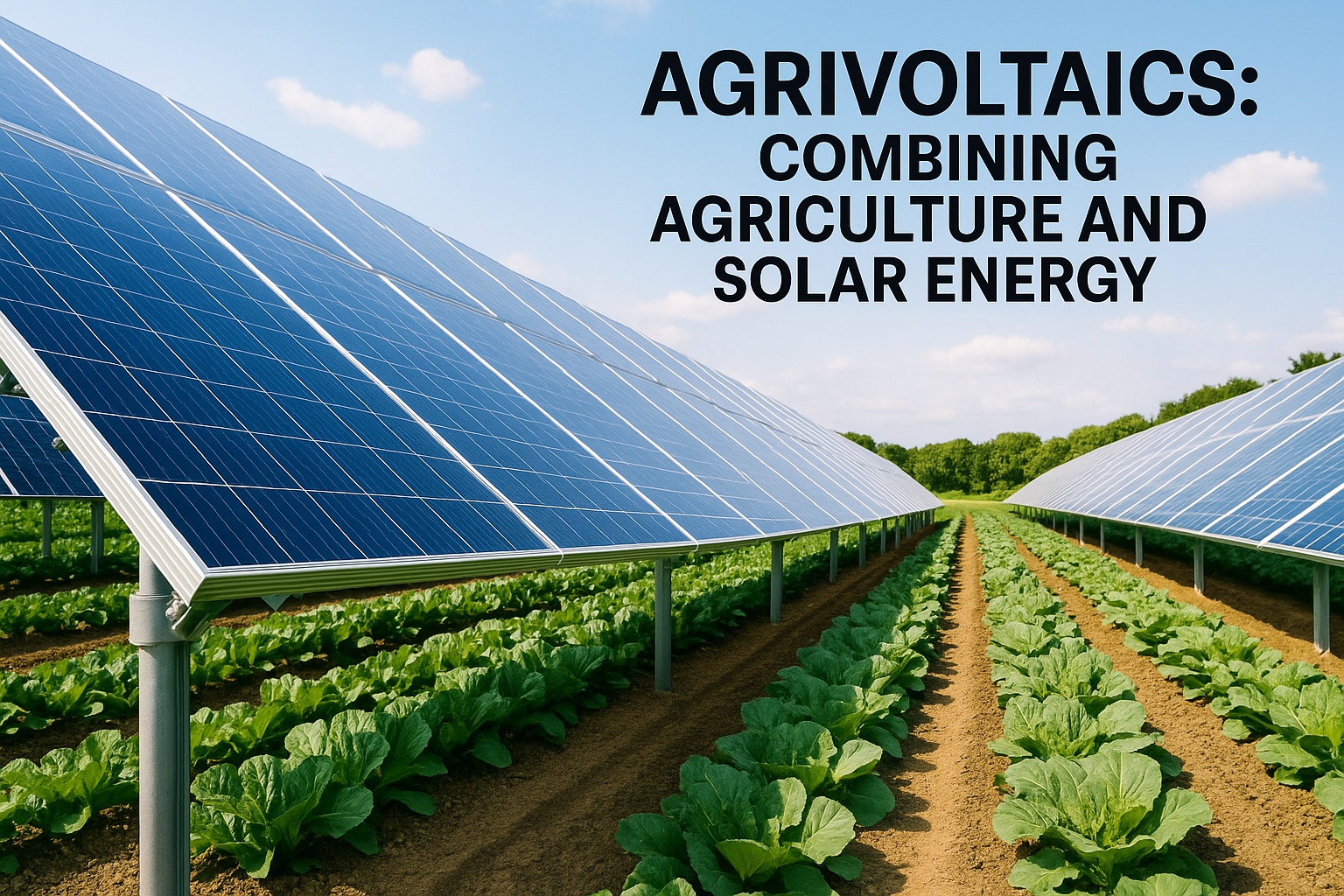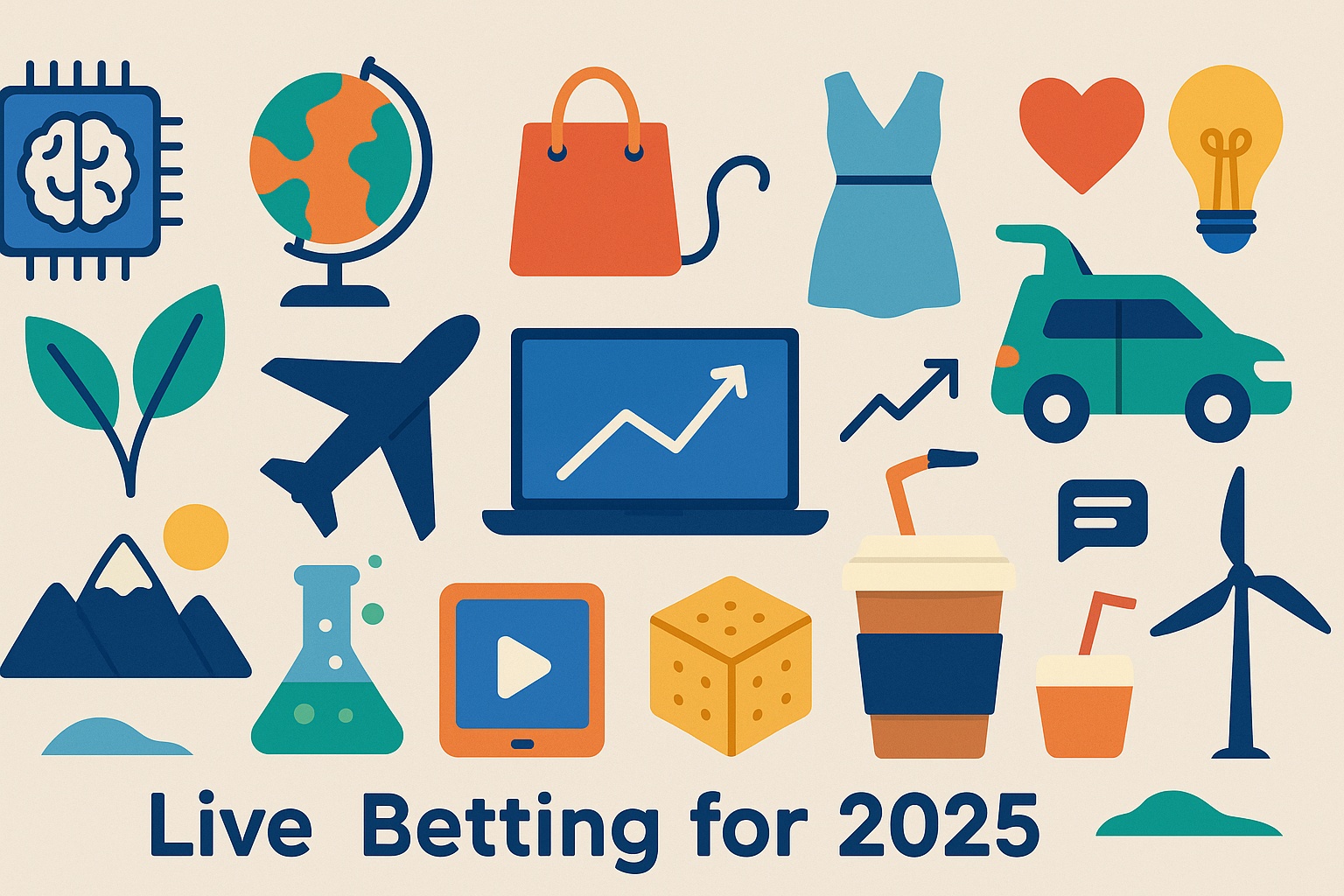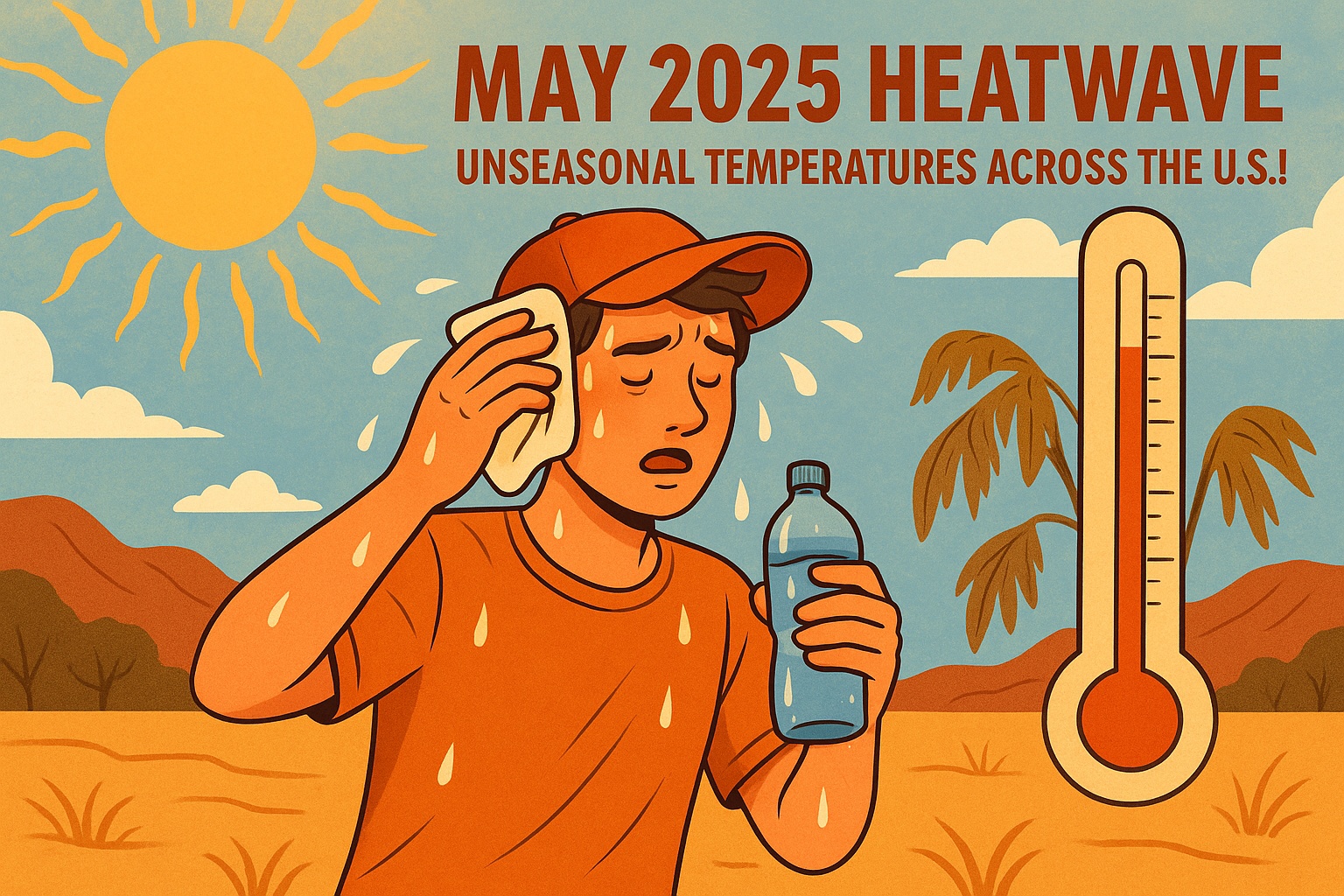Claude AI vs. ChatGPT is the matchup that’s defining the next era of conversational AI. As both platforms continue to evolve rapidly in 2025, users are asking: Which chatbot is smarter, faster, and more useful for real-world applications?
Why Compare Claude AI and ChatGPT?
The surge of interest in large language models (LLMs) has fueled demand for intelligent, responsive, and versatile chatbots. Claude AI, developed by Anthropic, and ChatGPT, created by OpenAI, have emerged as the top two players. Comparing them is no longer an academic exercise—it’s essential for businesses, developers, educators, and everyday users choosing a tool that best matches their needs.
- Widespread adoption: Both chatbots now power search, productivity tools, education, and customer support in major industries.
- Different architectures: Claude AI uses Constitutional AI principles, while ChatGPT relies on reinforcement learning with human feedback (RLHF).
- Enterprise integration: Each platform offers APIs and pro plans, attracting startups and Fortune 500 companies alike.
- Rapid updates: New versions (Claude 3 and GPT-4o) deliver improvements almost monthly, driving fierce competition.
What Makes This Showdown Unique
Unlike past AI comparisons, Claude AI vs. ChatGPT goes beyond technical specs. It’s a contest of philosophies: safety-first transparency versus mass-deployment versatility. Claude emphasizes restraint, interpretability, and control, while ChatGPT focuses on creativity, scale, and multi-modal performance (text, image, and code).
This rivalry isn’t about which model is best overall—it’s about which excels in specific scenarios. In the sections below, we’ll dive into feature-by-feature comparisons, advantages and limitations, and ideal use cases for each AI powerhouse.
Claude AI vs. ChatGPT: Feature Comparison
To understand how Claude AI and ChatGPT stack up, we’ve broken down their key features across several technical and user-focused categories:
| Criteria | Claude AI | ChatGPT |
|---|---|---|
| Model Architecture | Constitutional AI (safety-aligned, human feedback via rules) | Reinforcement Learning with Human Feedback (RLHF), GPT-4o |
| Developer | Anthropic | OpenAI (with Microsoft partnership) |
| Multimodal Capabilities | Primarily text-based; limited image interpretation in Claude 3 Opus | Advanced text, image, code, and voice (GPT-4o) |
| Context Window | Up to 200,000 tokens | Up to 128,000 tokens (GPT-4-turbo) |
| Speed and Latency | Generally slower on complex tasks | Highly optimized, especially in GPT-4o |
| Pricing | Free tier + Claude Pro ($20/month) | Free (GPT-3.5) + ChatGPT Plus ($20/month for GPT-4) |
| Tone and Personality | Calm, precise, often conservative in output | Conversational, flexible, more creative tone |
| Strengths | Document summarization, long-context reasoning, safety alignment | Creative writing, multi-tasking, multimodal understanding |
“Claude feels like a measured assistant for critical thinking. ChatGPT feels like a supercharged co-pilot for productivity and creation.” — Nadia Cole, AI Strategist
In short, Claude AI shines in accuracy, safety, and long-form context management—great for research or sensitive applications. ChatGPT, on the other hand, excels in versatility, creativity, and performance in dynamic use cases. Your choice may depend on whether you prioritize precision or generative flexibility.
Strengths and Weaknesses
While both Claude AI and ChatGPT are industry leaders, each has its own advantages—and drawbacks—that users should consider:
- Claude AI – Pros:
- Exceptional handling of long documents and context windows
- More cautious and transparent responses
- Strong summarization and analytical reasoning
- Alignment with ethical guidelines and AI safety best practices
- Claude AI – Cons:
- Limited support for multimodal inputs (no native image or voice)
- Conservative tone may feel robotic for casual users
- Occasionally avoids speculative or open-ended tasks
- ChatGPT – Pros:
- Highly versatile: text, code, images, audio all in one interface (GPT-4o)
- Fast, engaging, and human-like responses
- Strong creative writing and brainstorming output
- Widely supported via integrations and plugins
- ChatGPT – Cons:
- Sometimes “hallucinates” information with high confidence
- Lower transparency around reasoning process
- May prioritize engagement over factual accuracy
Who Should Use Which AI?
If your focus is on research, document processing, or safety-first deployment, Claude AI may be the ideal fit. If you’re building apps, writing content, coding, or engaging with diverse media, ChatGPT offers broader flexibility and creative muscle.
Ultimately, the right choice depends on your use case—not hype.
FAQs
- Which chatbot is better for coding?
ChatGPT, especially GPT-4 and GPT-4o, offers more consistent help with debugging, code generation, and language support across Python, JavaScript, and more. - Is Claude AI safer to use than ChatGPT?
Claude AI emphasizes safety and transparency via Constitutional AI, making it a strong choice for sensitive use cases or regulated environments. - Can Claude AI understand images?
Claude AI (as of Claude 3 Opus) offers limited image interpretation but is not yet multimodal like ChatGPT-4o. - Which AI model responds faster?
ChatGPT (especially GPT-4o) is currently optimized for speed and low latency across most tasks. - Do both AI chatbots support API access?
Yes. Both Claude AI and ChatGPT provide APIs for integration into applications, workflows, and platforms. - Which is better for long-document analysis?
Claude AI handles very long contexts (up to 200,000 tokens), making it ideal for document-heavy tasks like legal or academic review.
Conclusion
Claude AI vs. ChatGPT is not a matter of one being objectively superior—it’s about matching the right tool to your specific needs. Claude AI shines in long-context reasoning, interpretability, and cautious alignment, while ChatGPT dominates in creativity, coding, and multimodal interaction.
For businesses and individual users alike, experimenting with both platforms may reveal which best supports your daily workflows, compliance requirements, and content goals. In the evolving world of generative AI, flexibility is power—and informed choice is everything.












